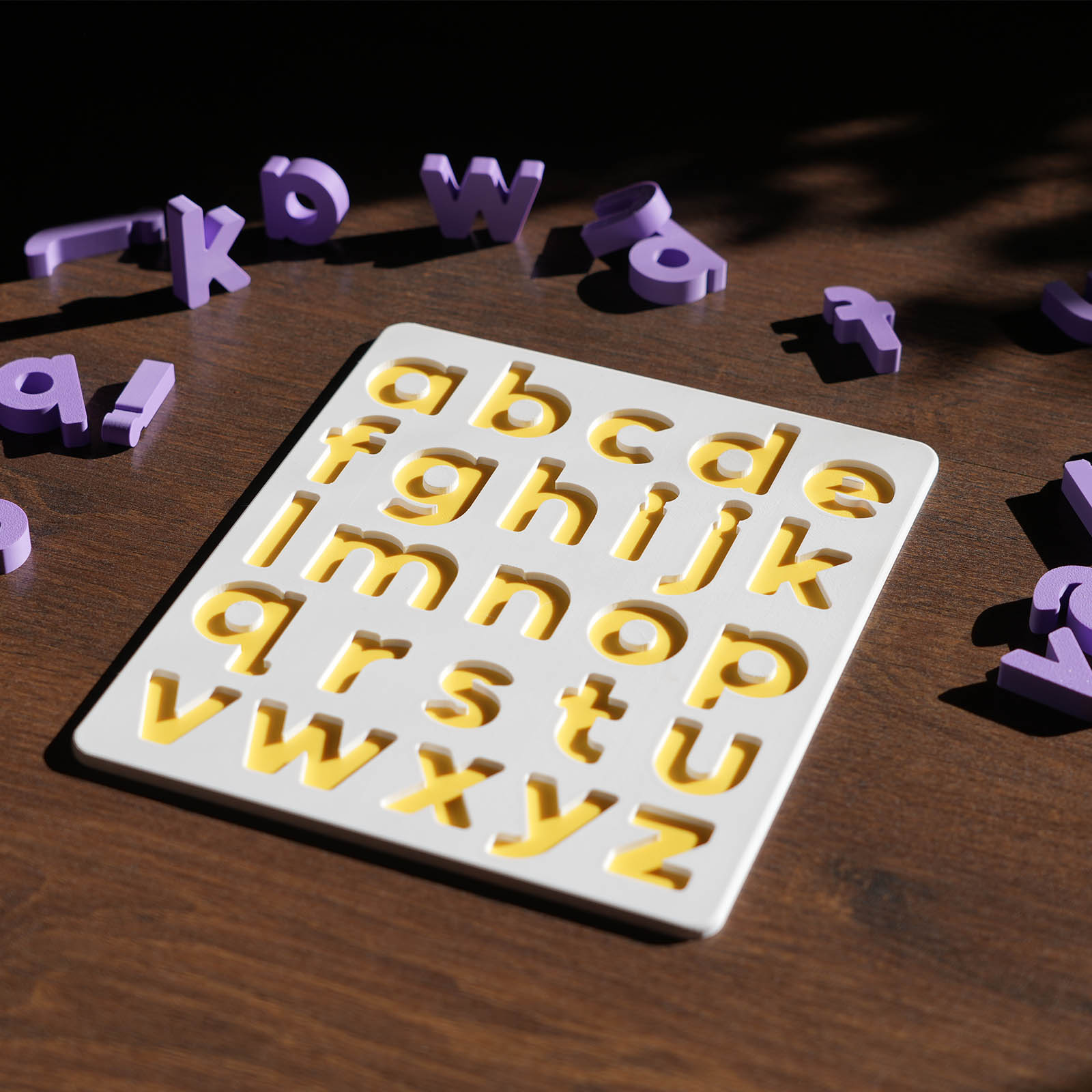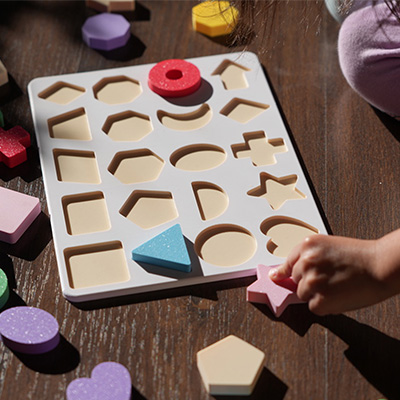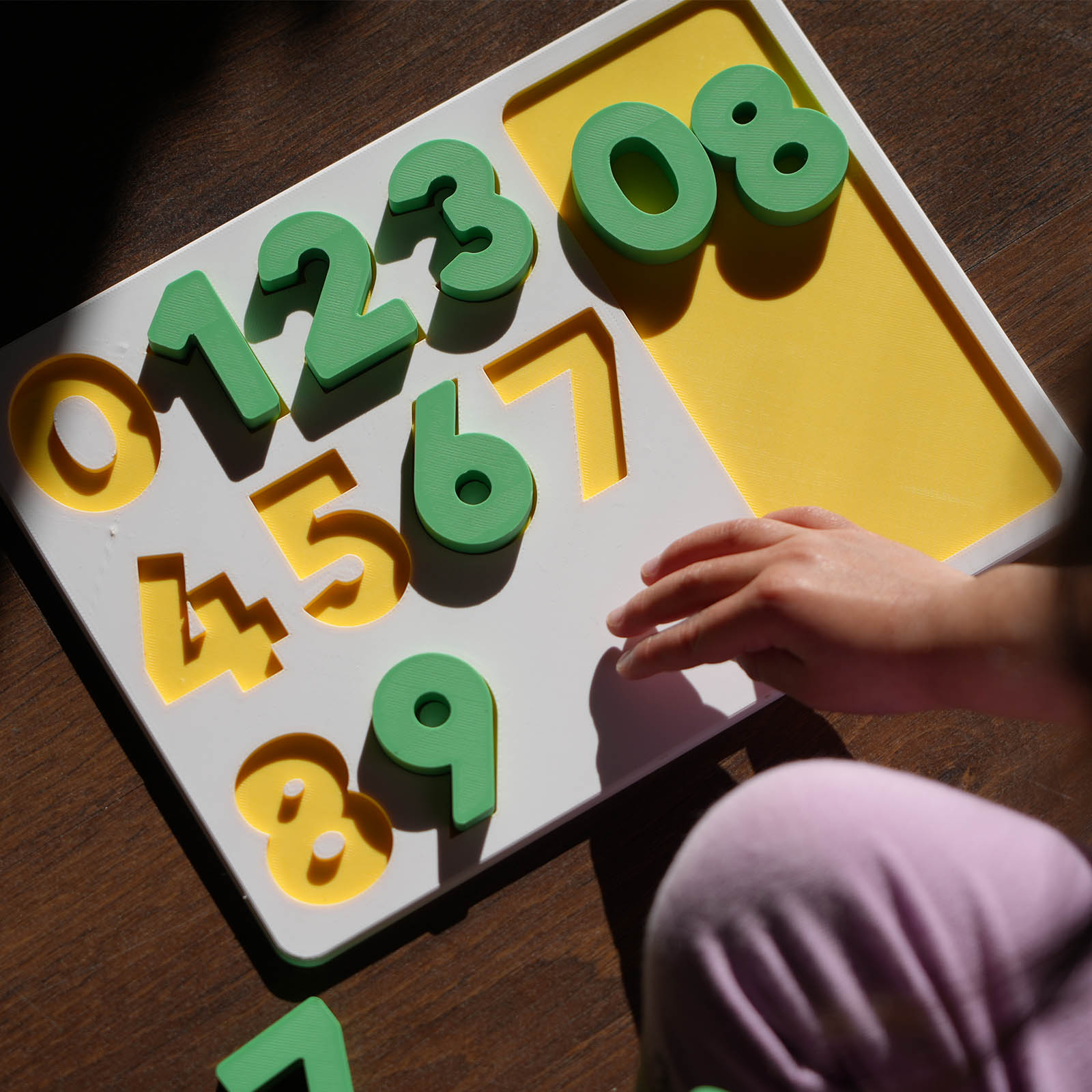🧸 What Makes a Toy Educational?
When you hear “educational toy,” your mind might jump to flashy gadgets or noisy tablets. But in truth, some of the most powerful learning tools are the simplest — think wooden puzzles, shape sorters, and stacking blocks.
So what actually makes a toy educational?
🧠 It Supports Key Areas of Development
A well-designed toy promotes growth in at least one of the following:
- Cognitive development: solving problems, recognizing patterns
- Motor skills: grasping, placing, coordinating hands and eyes
- Language and literacy: identifying letters, matching sounds
- Social-emotional growth: building patience, focus, confidence
For toddlers, play is learning — so the right toy acts like a teacher in disguise.
🔤 Simplicity Is Often Smarter
Simple toys allow your child to lead the play. Open-ended puzzles, for example, don’t “tell” a child what to do — they invite exploration.
Our Frankie & Leo Alphabet Puzzle, designed in both upper and lowercase, encourages toddlers to:
- Recognise letters through touch and repetition
- Strengthen fine motor skills through placement
- Begin forming letter–sound associations naturally
There are no screens, no beeping — just thoughtful design and purposeful play.
🎨 Look for Quality, Not Quantity
An overflowing toy box doesn’t mean more learning. In fact, research shows that fewer, well-made toys help children focus and engage for longer periods (Dauch et al., 2018).
That’s why at Frankie & Leo, we design puzzles with timeless forms, eco-friendly materials, and Montessori-aligned colours — promoting calm and focus in your play space.
✅ How to Choose an Educational Toy
Ask yourself:
- Does it invite participation, rather than entertain passively?
- Will it grow with your child, offering more depth over time?
- Is it beautifully made, so it feels like part of your home?
If the answer is yes — you’re on the right track.
💡 Final Thought
You don’t need to overthink your toy choices — just follow your child’s curiosity, and choose toys that engage their hands, heart, and mind.
Explore our growing collection of toddler puzzles, designed for play that matters.
👉 View Educational Toys by Frankie & Leo
📚 Reference:
Dauch, C. et al. (2018). The Influence of the Number of Toys in the Environment on Toddlers’ Play. Infant Behavior and Development, 50, 78–87.


